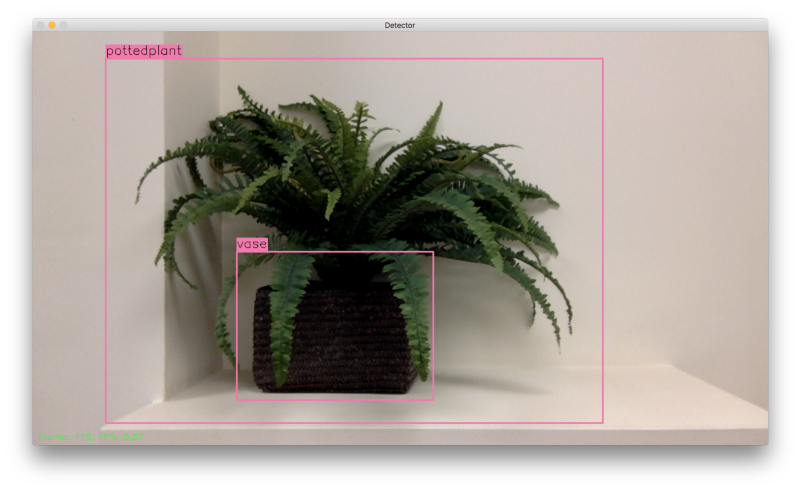
Introduction
Image recognition is very widely used in machine learning. There are many different approaches and solutions to it, but none of them fitted our needs. We needed a completely local solution running on a tiny computer to deliver the recognition results to a cloud service. This article describes our approach to building an object recognition solution with TensorFlow.